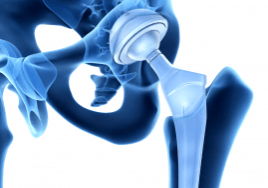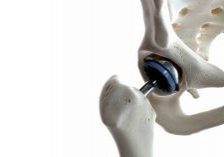You’re reading this because you’re feeling the pain in your hip and wondering whether you need surgery. Or maybe you’ve already decided to go for it and you wonder what you’ve gotten yourself into. Either way, let us explain a little about the procedure and what you can expect before, during, and after.
Signs that it’s time for hip replacement surgery
Hip replacement patients often experience three main signs:
- Pain in the hip area (or deep groin)
- Limited mobility
- Reduced range of motion
If you’re experiencing any of those—or all three—it’s time to have the conversation with your doctor. It’s hard physically and mentally to live with those limitations and often, a hip replacement will improve the quality of your life. Osteoarthritis is the most common reason and it causes the cartilage to deteriorate, leading to bone-on-bone contact. Ouch!
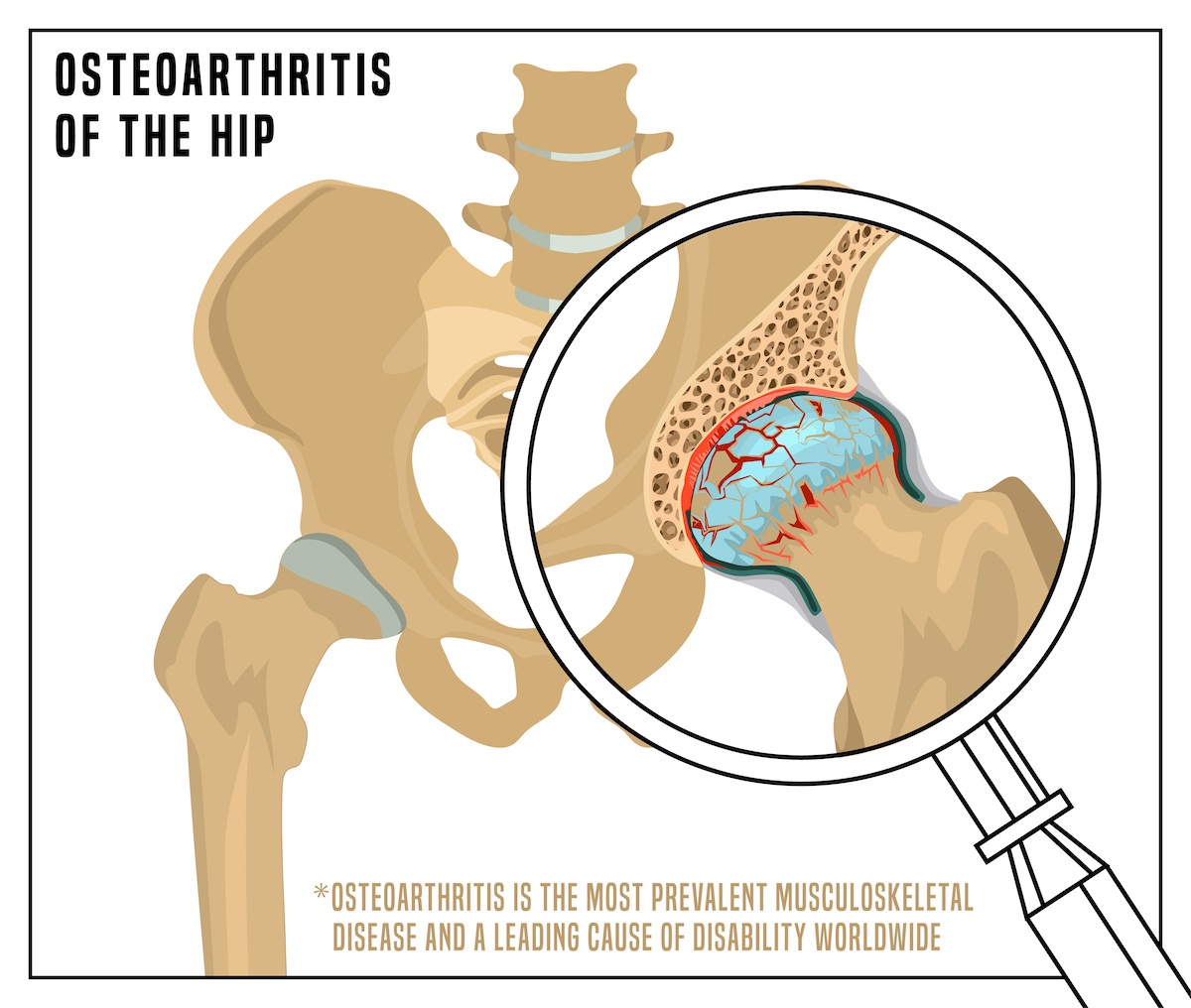
Leading up to surgery
Total Hip Arthroplasty (THA)—more commonly known as hip replacement surgery—is one of the most successful orthopaedic procedures performed today. That said, there are risks involved with any surgery, including infection, anesthetic reaction, and blood clots. After a hip replacement, there’s a risk of dislocation in the first few months after surgery as your tissues and muscles heal.
Now that we’re done scaring you, let’s talk about what you can do to prepare for surgery.
You’ll need to arrange a ride home from the procedure. The anesthetic takes time to wear off and your doctor likely won’t want you to drive for a few weeks after surgery. That means you may also need help with shopping, cooking, bathing, and other household chores. Be patient with yourself as you heal.
It’s important to consider your diet and the ways you manage stress relief to prepare your mind and body. Surgery can be hard on the body so you’ll want to be ready. It might help if you picture what life will look like after--a dramatic reduction of hip pain and a significant improvement in your ability to be involved in common activities of daily life. Sounds great, doesn’t it?
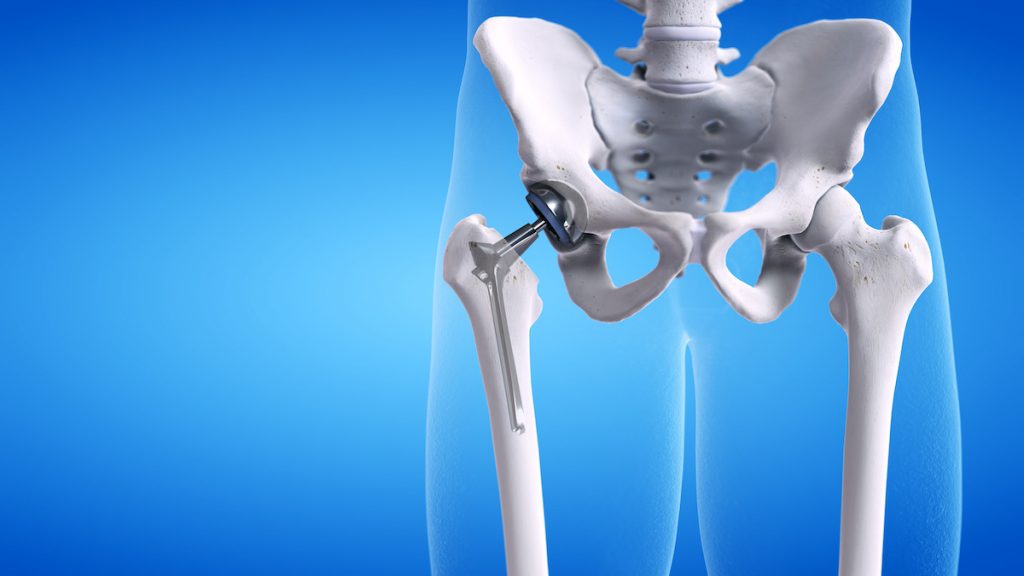
About the procedure
To explain hip replacement surgery in simplest terms, the surgeon will remove the bad bone and replace it with prosthetic parts. If you imagine a ball and cup fitting together, the cup gives the ball space to move around but not fall out. Hip replacement is like replacing the old ball with a shiny, new one and inserting a new cup.
The surgeon removes part of your femur (the long bone in your thigh) and replaces it—that’s the ball. Then they clean out the acetabulum (a concave surface of your pelvis) and insert a liner—that’s the cup. What was once bone rubbing on bone, then becomes a smooth operating, prosthetic joint.
Surgeons use different approaches (like direct lateral or posterior) but the procedure is relatively similar. Your surgeon may also use navigation, like Intellijoint HIP, to help with measurements for cup position, leg length, and offset.
Leg length is obvious; you want your legs to be the same length after the surgery. The cup position and offset are important for the joint’s stability and range of motion. Surgeons are highly skilled at placing implants and tools like our navigation system help them be even more precise.
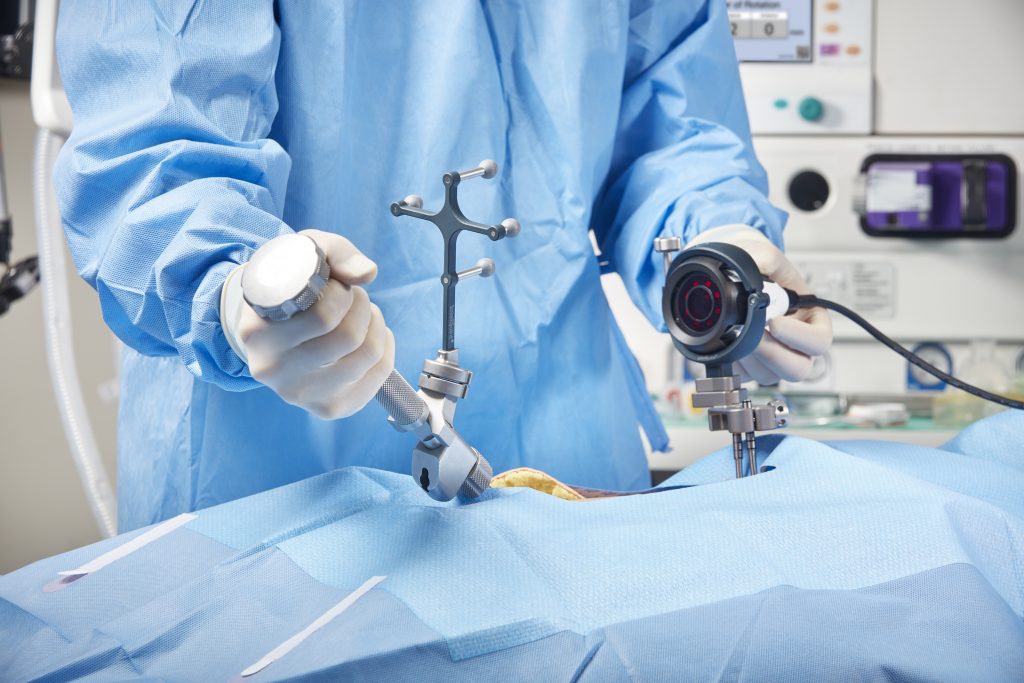
Recovering from hip replacement surgery
THAs are typically successful at providing a pain-free joint that restores your full range of motion. A good surgical outcome allows you to regain mobility in your daily activities. Often, patients are back on their feet the same day of surgery—with help, of course. Within a few days, you’ll be walking and doing light exercises to regain your joint’s motion. You can expect to start physiotherapy 1-2 weeks after surgery unless directed otherwise.
Again, just like any surgery, there are risks involved. With hip replacements, there are chances of implant loosening, fractures, implant wear, or hip instability. But this surgery is still one of the most successful in orthopaedic practice. The odds of improved quality of life are much higher than the risks.
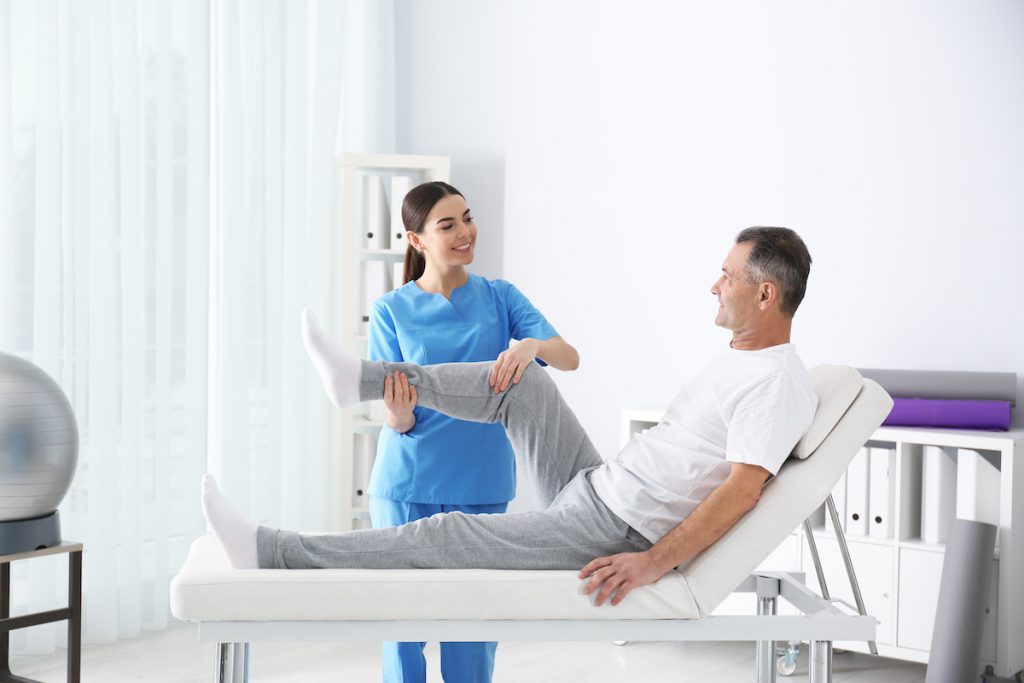
Your doctor will advise you of certain movements and activities to avoid, like driving because it involves rotating your foot when you move between pedals. Follow to their advice to give your hip the best chances of a speedy recovery. Typical exercises that they’ll suggest include: rotating your ankles in circles, bending your feet up and down, and flexing and extending your knees while lying down. And walking will promote blood circulation in your legs.
If you were feeling anxious about your hip replacement surgery we hope this article helps to ease your worries. It’s nice to know what to expect before you go through it. Mental preparation is often as important to your recovery as being physically ready. If you still have questions, search for more hip articles on our blog or contact your doctor.
We wish you all the best for your hip replacement surgery!

